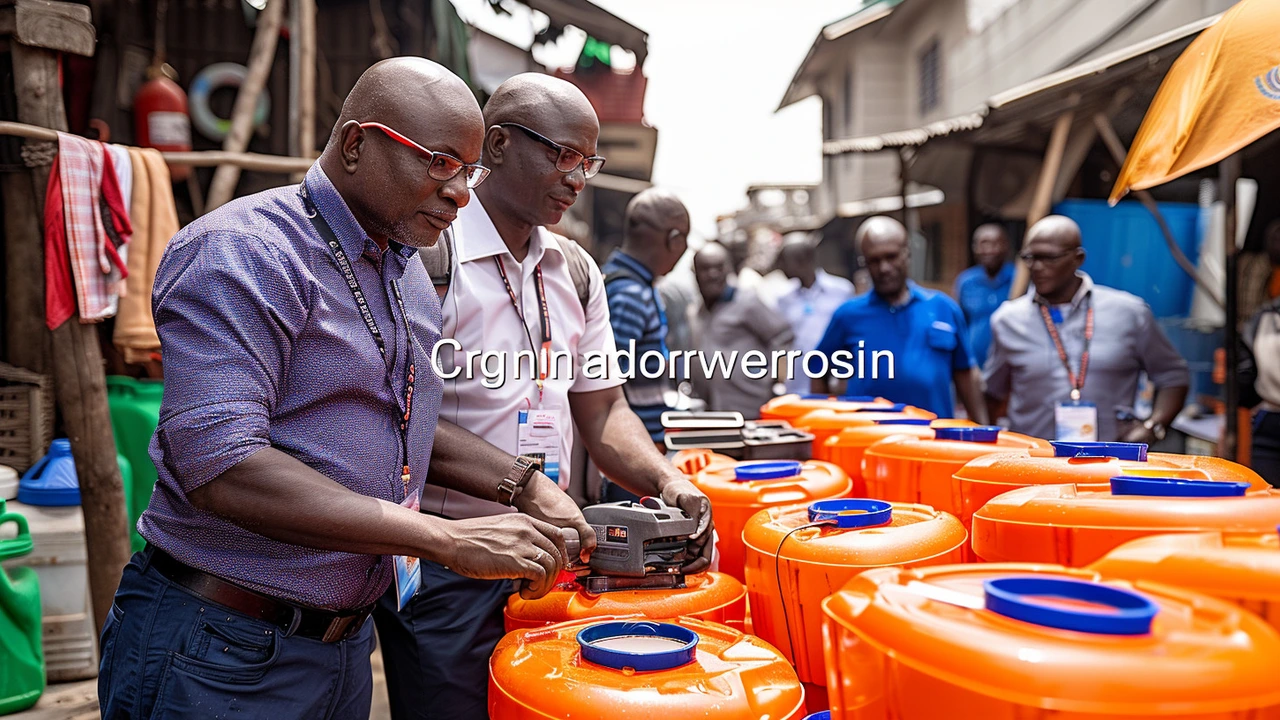Water is life, and in South Africa, managing water resources wisely is crucial. The country faces ongoing challenges with water scarcity, making every drop count. Whether you're a homeowner, farmer, or just curious, knowing how water resources work helps us all protect this valuable asset.
South Africa’s water mainly comes from rivers, rainfall, and groundwater. But it’s not just about how much water we get—it’s how we store, treat, and distribute it. Droughts, pollution, and growing demand put pressure on these sources, leading to shortages and restrictions in many areas.
One big issue is drought. When rains fail, reservoirs shrink and groundwater levels drop. Cities may impose limits on usage, affecting households and businesses. Agriculture, a big water user, also feels the squeeze, impacting food production and prices.
Pollution is another worry. Industrial waste, poor sanitation, and chemicals can contaminate rivers and underground sources. Once water is polluted, it takes time and money to make it safe again. That means protecting water sources is just as important as using them wisely.
We often overlook how much water we waste daily. Fixing leaks, turning off taps while brushing teeth, and using water-efficient appliances can make a big difference. Collecting rainwater for gardening or washing cars helps too.
Communities and governments are working on bigger solutions, like building dams, improving irrigation, and recycling wastewater. But individual actions matter just as much. When we all pitch in, it helps keep water flowing for everyone.
Understanding the value and limits of our water resources can change how we use it. It’s about being smart and responsible today to avoid bigger problems tomorrow. So, next time you use water, ask yourself—am I making the best use of it?
